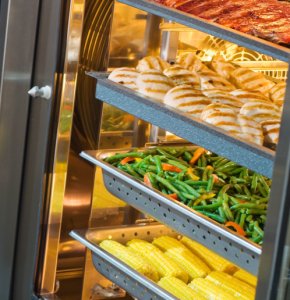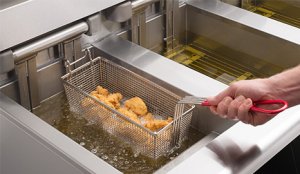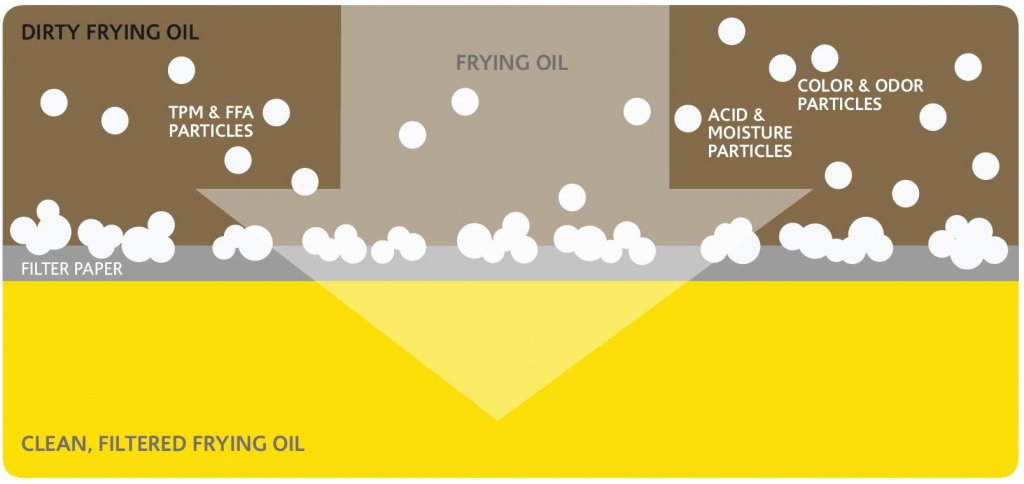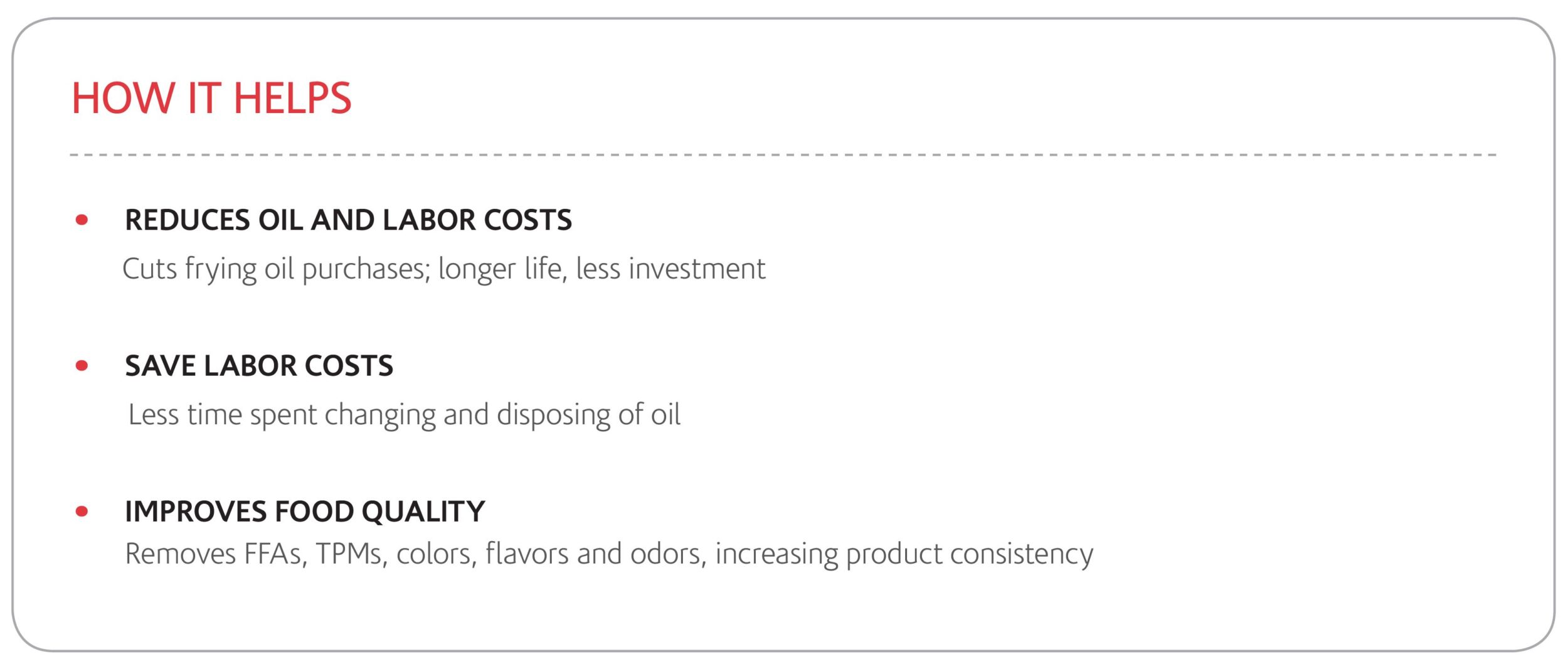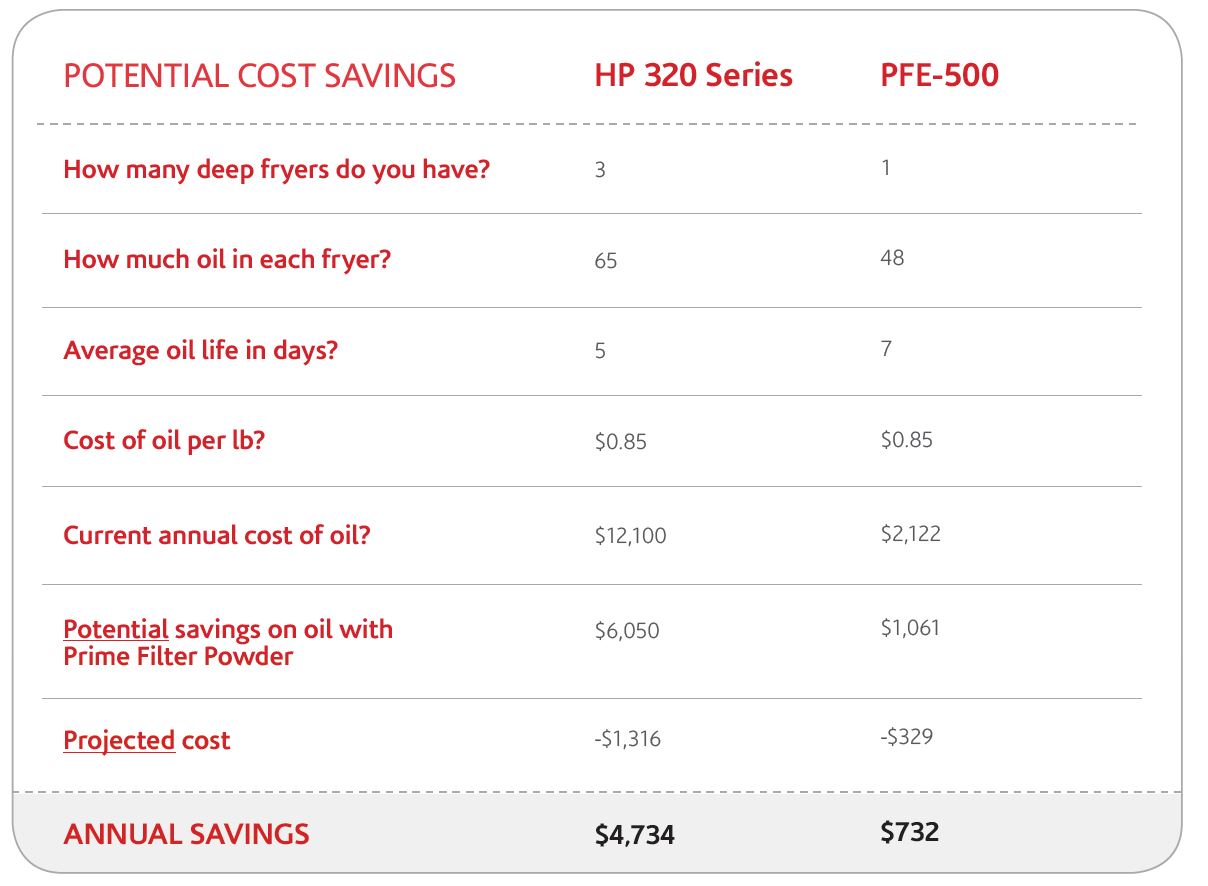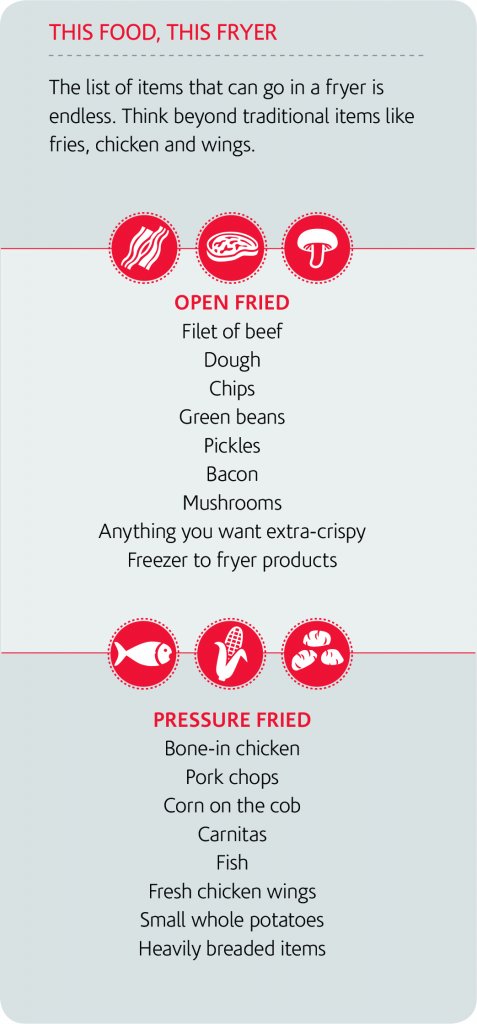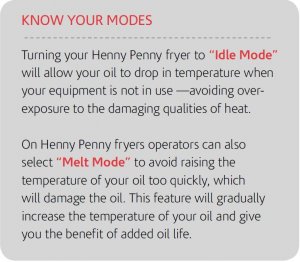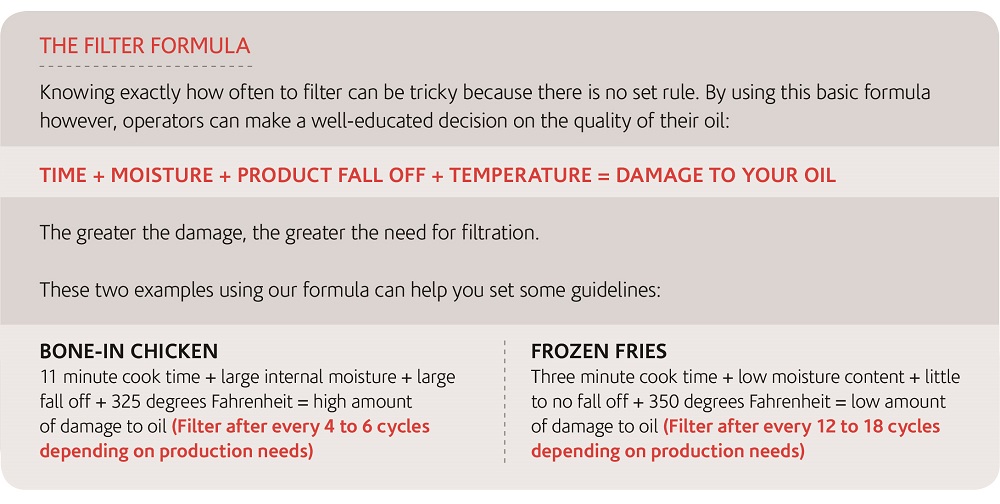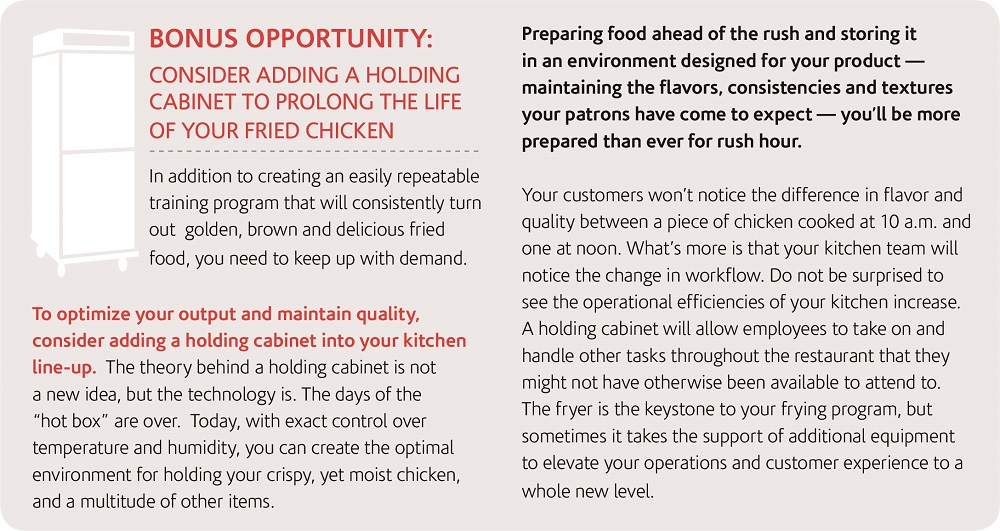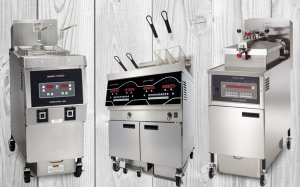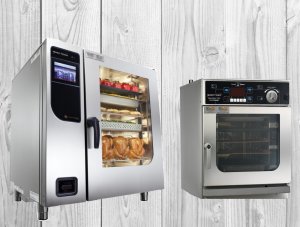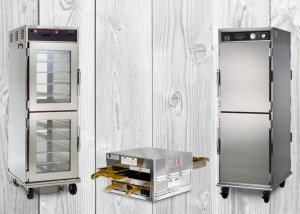Henny Penny has received a 2019 Kitchen Innovations (KI) Award from the National Restaurant Association for its Space$aver Team combi.
Unique in the U.S. market, the Space$aver Team combi combines two stacked, independently operated combis in a single frame and shell, with a single power cord and all the serviceable components centralized below. The 22”- wide footprint is topped with an integrated ventless hood using four-stage filtration for grease and vapors requiring no catalytic converter.
The Space$aver Team combi offers the versatility of two separate cabinets with independent, easy-to-use control systems in one integrated platform. Less than 22 inches wide with an integrated hood, the unit can be installed anywhere in the kitchen, and a jointless, one-piece construction makes it easier to install and maintain, unlike traditional stacked units.
The Space$aver Team combi, features a powerful four-stage filtration system to extract smoke, fat and odors — ensuring operators can cook different items simultaneously, without flavor transfer.
“Henny Penny understands operators and is committed to designing products that offer them greater flexibility, consistency and simplicity,” said Ares Marasligiller, Director of Product Strategy at Henny Penny. “Receiving this award speaks to how we are equipping kitchens to efficiently handle back-of-house challenges while addressing the long-term needs of the foodservice industry.”
The KI Awards honor forward-thinking equipment and technologies that increase efficiencies and productivity for back-of-the-house operations. Henny Penny’s recognized product will be on display in booth #4023, as well as the Kitchen Innovations Pavilion, at the 2019 National Restaurant Association Restaurant, Hotel-Motel Show held May 18-21 in Chicago.
For more information on Henny Penny and its line of innovative foodservice equipment, visit www.hennypenny.com.

